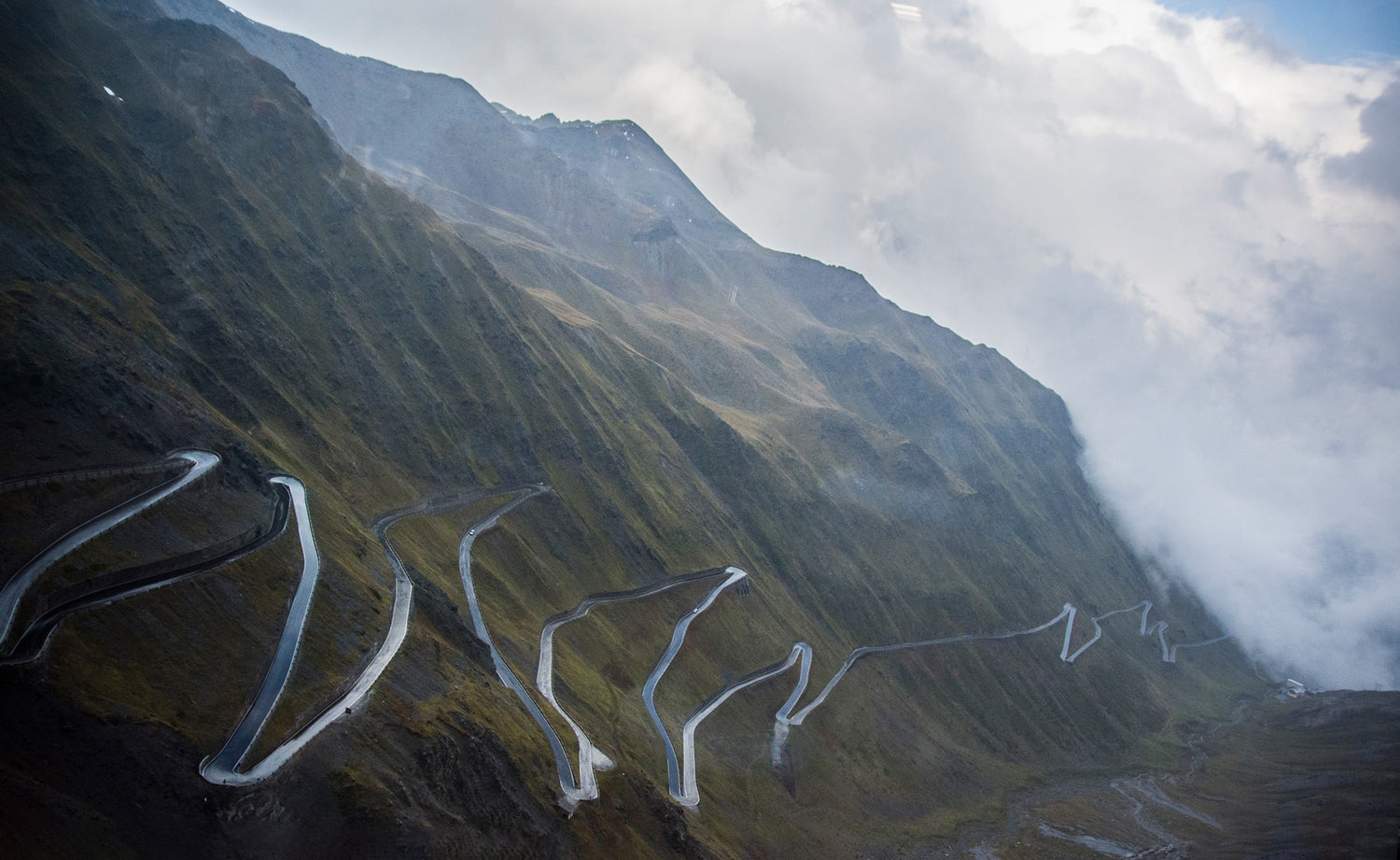
Col de l'Iseran
Chris LeusteanHe is the highest pass in all of Europe. It is located in France, and is part of the legendary D902.
Altitude: 2,770m
Length: 30km
Colleague: Val d'Isere (FR) with Bonneval-sur-Arc (FR)
Google Maps link: https://goo.gl/maps/hccpdV2ZgrM2
Why do we say mythical? Because the D902 identifies the route that takes the name of Route des Grandes Alpes, an almost 700km long itinerary that runs through the French Alps from north to south, passing over some of the most beautiful passes you will ever meet.
But let's go back to Iseran. The pass connects the upper Val d'Isere with the Maurienne and is located near famous ski resorts.
Coming from Italy there are 2 possibilities to take the stretch of the D902 that crosses the pass. The first is to arrive from the north-west, descending from the Piccolo San Bernardo Pass and turn into the municipality of Séez in the direction of Val d'Isere, the second alternative is to approach it from the south-east entering France from the Mont Cenis and then into the town of Lanslebourd – Mont Cenis, turn right towards the pass.
The stretch from Val d'Isere to the pass is spectacular. The road, which has a somewhat narrow roadway, offers a stupendous panorama with an excellent view of the artificial reservoir of Lac du Chevril and right on the inhabited center of Val d'Isere. Unfortunately, however, going up you often leave this landscape behind.
On the pass there is a refuge that offers refreshments for those who are in the area at lunchtime.
The southeast slope, towards Bonneval-sur-Arc, is characterized by a more immaculate panorama, where almost for the entire route the only trace of man is the only road. Here too we do not find tall trees for the entire route and this allows a spectacular view of the valley and the very high surrounding mountains.
In our opinion
It is undoubtedly one of the most spectacular destinations you could consider for a tour of the Alps. The road may not be that spectacular from a driving point of view, but it is undeniably exciting for the context in which it is located.
It certainly makes even more sense if included in an itinerary that can start from the Val d'Aosta, through the Piccolo San Bernardo pass to return to Italy through the Moncenisio pass, or vice versa.

